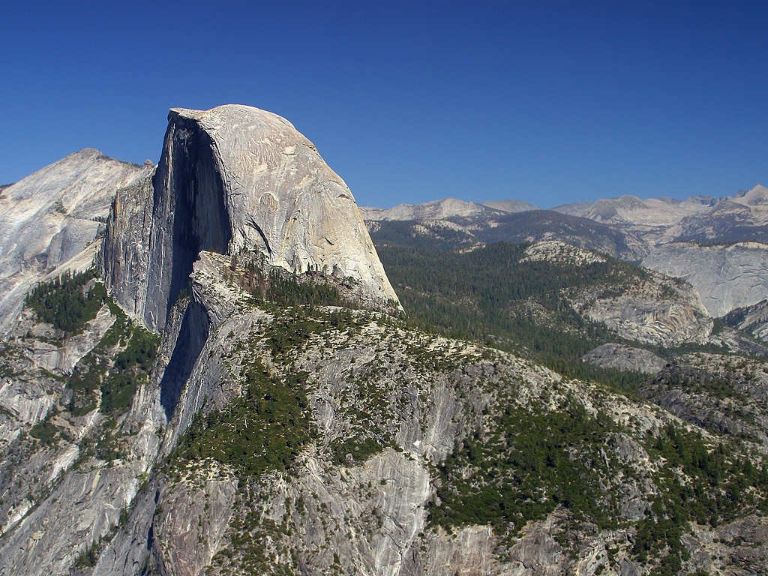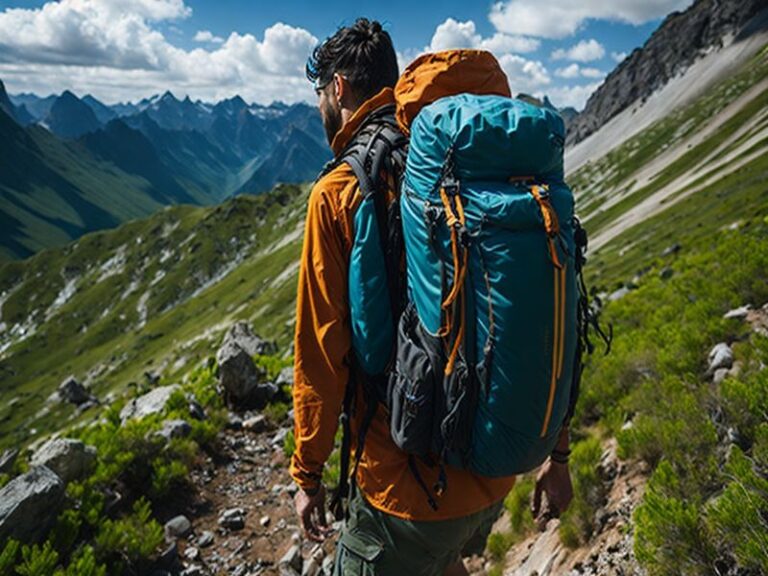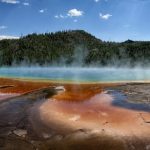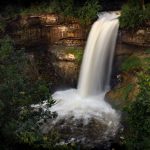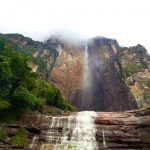Hiking Half Dome in Yosemite National Park
Hiking Yosemite Half Dome is one of the most popular attractions in the park. There are some things you will need to know before you do so. The trail is strenuous, but the views from the top are well worth the effort. The hike can be done as a day hike or an overnight backpack. Either way, you need to be prepared for a challenging hike. This guide will give you all the information you need to know to hike Half Dome safely and enjoy the experience.
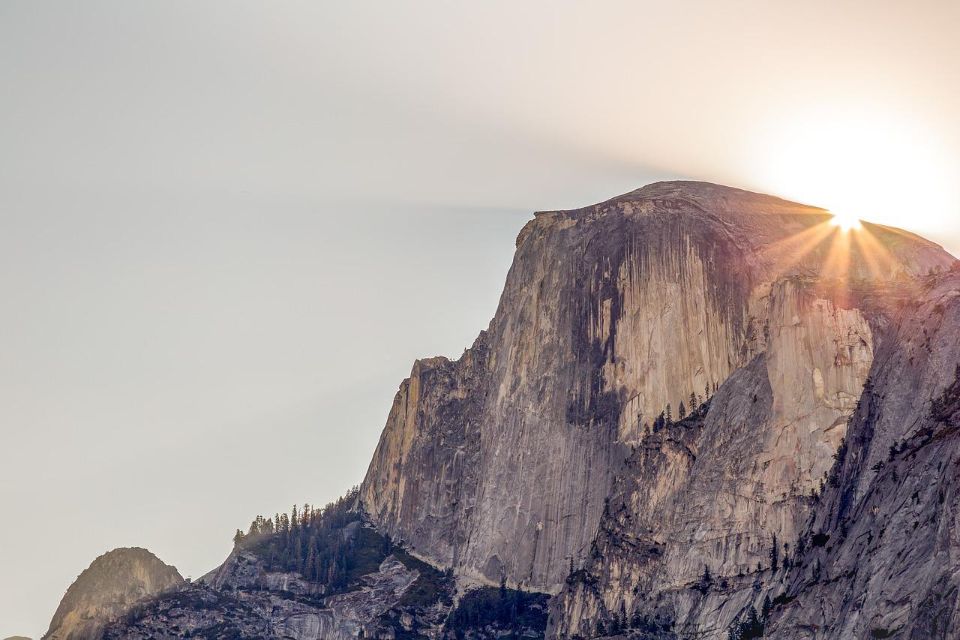
Best Time to Visit Half Dome
Related Articles: The Best Time To Visit Yosemite
The best time to hike Yosemite Half Dome is during the warmer months. Typically, the cables go up on the Friday before Memorial Day and come down on the Tuesday after Columbus Day. If you’re planning to climb Half Dome, you should avoid attempting it if the weather is bad, as most accidents happen on wet days. During the rainy season, the cable route can become slippery, so check the forecast before you go.
Hiking Yosemite Half Dome, you must get a permit from the park. You can obtain a permit online, or you can get a map from the visitor center. If you want to save time, download GPX files to your GPS device. The files will detail key landmarks along the trail. Aside from hiking the Half Dome, you should also plan to see other sights in Yosemite.
When is the best time to hike Half Dome? September is the best time to hike Half Dome, as the park is greener and the cable system is running. This time of year is usually a great time to see the park, but be aware that September is also peak wildfire season. Although the park is open, the smoky smog caused by prescribed burns continues to hang over the valley. In addition, bears are active, stuffing their burrs and bodies in preparation for winter hibernation. The air is also less conducive to hiking.
Half Dome Yosemite Permit
Do I need a permit to hike Yosemite Half Dome? If you want to hike Half Dome, you’ll need a permit. If you’re interested in hiking Yosemite Half Dome but are unsure whether you’ll need a permit, check out their Half Dome FAQ. Then, get a Half Dome starter kit containing actionable steps and a checklist.
You can apply for a Half Dome permit online two weeks before you plan to hike the mountain. Typically, you should apply 15 days before the date of your hike. Unless you’re a seasoned hiker, you’ll need a permit to hike Half Dome. The park limits the number of hikers allowed per day to 300, with 75 for backpackers and 225 for day hikers so be sure to apply early.
If you plan to backpack or hike Half Dome, you’ll need a permit to do so. The fee for this permit is $10 per person. It’s worth it since you’ll have access to the park for three days without having to spend money on lodging. If you don’t plan to hike Half Dome, you can try another route that doesn’t require a permit.
During the lottery period, you can apply anytime between 7 am and 9 pm Pacific Time. The lottery runs from March through March. Then, select “Register for Lottery” to complete your registration and fill out your permit information. If you don’t win, you can also apply for a permit on a daily basis during the hiking season. This way, your chances of securing a permit are greater.
Tips For Hiking Half Dome / Difficulty Of Hiking Yosemite Half Dome
What are some of the difficulties of hiking Half Dome? It varies by age and fitness level.
The Half Dome trail in Yosemite Valley is an incredibly strenuous hike, spanning over 17 miles. Hikers gain 4,800 feet of elevation along the trail, making it one of the most difficult hikes in the park. The trail is popular among experienced hikers looking for a challenge, but it is important to be prepared before attempting the hike.
Hiking Yosemite Half Dome: Here are 4 tips to help you plan for a successful Half Dome hike.
1. Start training early if you plan on Hiking Yosemite Half Dome. If you’re not used to hiking long distances or carrying a lot of weight, start training several months in advance. Build up your stamina by hiking regularly and gradually increasing the distance and elevation you hike.
2. Get the right gear. You’ll need to bring plenty of food and water, as well as clothing and equipment for all weather conditions. Be sure to break in your hiking boots before the hike, and pack plenty of sunscreen, hats, and sunglasses.
3. Know your limits. The Half Dome hike is not for everyone. If you have any doubts about whether you can complete the hike, it’s better to err on the side of caution and attempt an easier hike.
4. Be prepared for the worst. The weather in Yosemite can be unpredictable
Perfect Half Dome Hiking Gear List
No matter what time of year you hike Half Dome, you need to be prepared for a range of conditions. Here is a list of essential gear to help you have a safe and enjoyable hike.
- A good pair of hiking boots – A good pair of hiking boots is essential for any hike, but especially for a longer hike like Half Dome. Make sure your boots are comfortable and broken in before you hit the trail.
- Daypack: A daypack is essential for carrying all your gear. Make sure it is comfortable to wear and has enough space for everything you need.
- Water bottle: It is important to stay hydrated when hiking, so make sure to bring a water bottle. A stainless steel water bottle is a good choice as it will keep your water cold in the hot summer sun.
- High-energy snacks: Hiking can be strenuous, so it is important to have snacks that will give you energy. Choose snacks that are high in protein and carbohydrates, such as nuts, trail mix, and energy bars.
- Hiking poles: Hiking poles can help you maintain your balance on the trail and take some of the strain off your legs. They are especially useful when hiking uphill or on uneven terrain.
- Flashlight: A flashlight can be useful for finding your way in the dark or for signaling for help if you get lost.
- First-aid kit: A first-aid kit is a must-have in case of any accidents or injuries. Be sure to include items such as bandages, antiseptic cream, and pain relievers.
- Bug spray: Bug spray can help keep pesky mosquitoes and other insects at bay. Choose a spray that is effective against both insects and ticks.
- Sunscreen: Sunscreen is important for protecting your skin from harmful UV rays. Choose a sunscreen with a high SPF rating and reapply it regularly, especially if you are sweating.
- Camera: A camera can help you capture memories of your hike to Half Dome. Be sure to pack extra batteries and memory cards so you don’t miss a moment.
By following these tips, you can be sure that you have everything you need for a successful camping trip.
Yosemite Half Dome History
Few natural wonders are as iconic or as popular as Yosemite’s Half Dome. This massive granite monolith is the centerpiece of the park and one of the most popular hiking destinations in the world. But what is the history of Half Dome? How did it come to be one of the most popular hiking trails in the world?
Half Dome is a granite dome that rises more than 4,700 feet above the floor of Yosemite Valley. The summit of Half Dome is 8,846 feet above sea level, making it one of the tallest points in Yosemite National Park. Half Dome is one of the most popular hiking trails in the world, with an estimated 400,000 people hiking to the summit each year.
The first recorded ascent of Half Dome was made in 1875 by George Anderson, a Yosemite Valley resident. Anderson and his companions used a system of ropes and wooden ladders to reach the summit. In 1919, the National Park Service installed a steel cable system on the trail to help hikers reach the summit.
The history of Half Dome is a long and fascinating one. This iconic granite monolith has been a popular destination for hikers and climbers for over a hundred years. This hike is not for the faint-hearted, as it will require technical rock climbing skills to reach the summit.
Yosemite Half Dome Geology
Half Dome is a spectacular rock formation in Yosemite National Park. This granite dome rises more than 4,737 ft (1,444 m) above the valley floor. Half Dome has formed over 65 million years ago from magma that cooled slowly beneath the Earth’s surface and eventually solidified. The molten rock that formed Half Dome was then cleaved off, forming a sheer face on its northwest side.
Today, the rounded crown of Half Dome is a result of weathering that occurs along the mass joints of the rock. Exfoliation, or the peeling off of entire sheets of rock, may also be a cause of Half Dome’s rounded shape. Pleistocene glaciers also scraped away the mountain’s sharp canyons, forming broad valleys.
The rock formations of the park include layered metamorphic rocks. These rocks are made from volcanic ash that cooled and solidified much faster than the plutonic rock formations. These rocks are found on the western and eastern sides of Yosemite National Park. These rocks formed as a roof below the granitic rocks and were eroded away to expose the granitic core.
-
What Are The Main Things You Need For Camping
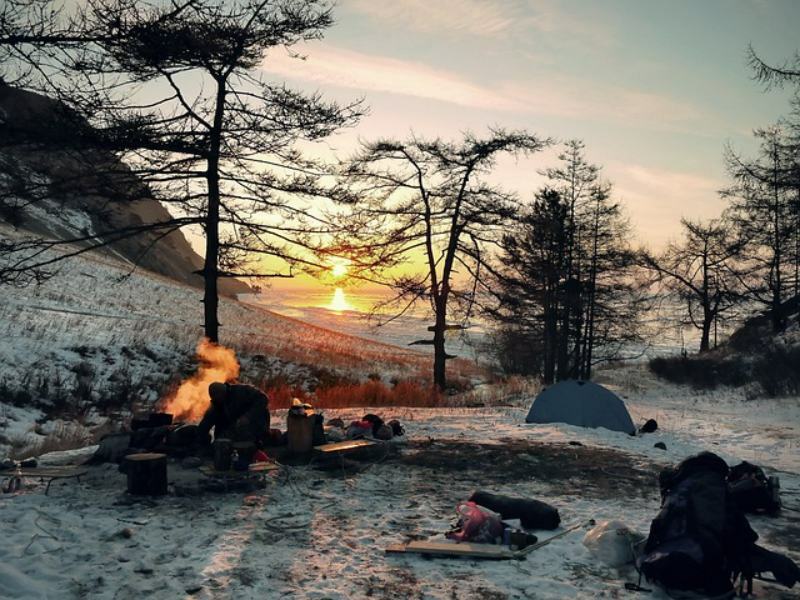
Camping is one of the most enjoyable pastimes available. Who wouldn’t want to go away from the city, pitch a tent beneath the stars, and prepare a delectable supper over an open fire? Camping, whether at campsites, mountains, or on the river, is something I believe everyone should do at least once in their lives.…
-
Best Sleeping Pads for Backpacking and Camping

When preparing for a backpacking or camping adventure, choosing the right sleeping pads is essential for rest. The sleeping pad provides insulation from the cold ground and provides cushioning and comfort. This guide covers how to select the best sleeping pads for backpacking and camping based on different activities. Choosing the Right Sleeping Pad Choose…
-
Sleeping Bags Shape

A Comprehensive Guide to Choosing the Right Sleeping Bag Shape for Your Needs: Mummy vs. Oval vs. Rectangular vs. Semi-Rectangular vs. Square When planning your next camping trip, one of the most important decisions you’ll make is choosing the right sleeping bag. With so many different shapes and styles to choose from, it can be…
-
The Best Backpacking Sleeping Bags Under $100 in 2024
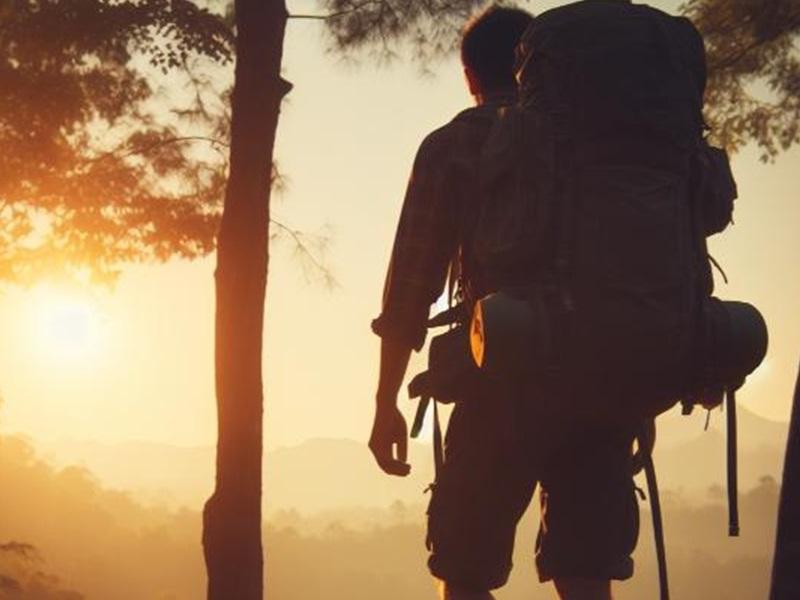
Camping out under the stars is one of life’s great simple pleasures. As the day’s tension fades with the setting sun, you settle into the cozy sanctuary of your sleeping bag, comforted by its warmth. However, not all sleeping bags are created equal when it comes to providing both comfort and portability on the trail. …
-
Choosing the Best Backpacking Tent of 2024

The Ultimate Guide to Choosing the Right Backpacking Tent: An Overview Choosing the best backpacking tent is an exciting first step to planning your outdoor adventures. With so many options on the market, it can feel overwhelming to pick the right tent. This guide will cover key factors like weight, space, weather protection, packed size,…
-
The Ultimate Guide to Camping in Minnesota State Parks
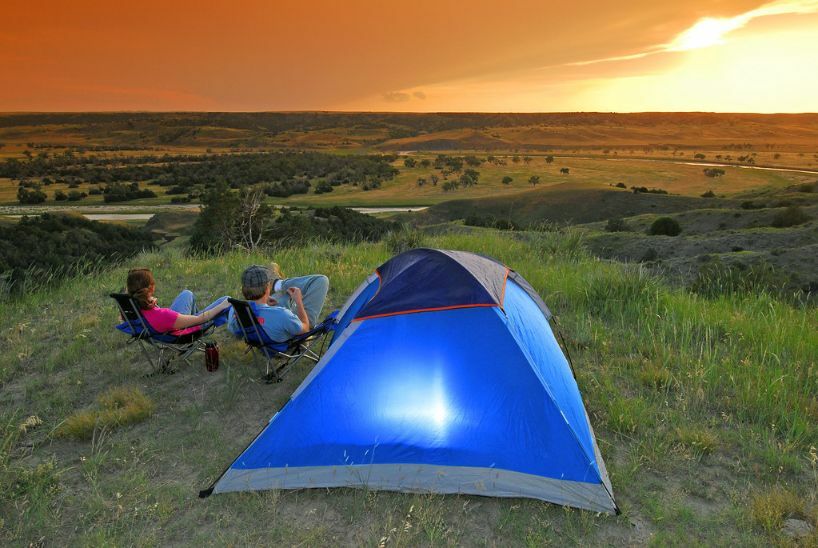
Everything you need to know about camping in Minnesota state parks, including the best parks to camp at, what to pack, how to stay safe, and fun activities for the whole family. Minnesota is home to over 70 state parks, each with its own unique beauty and attractions. Whether you’re looking for a secluded spot…

